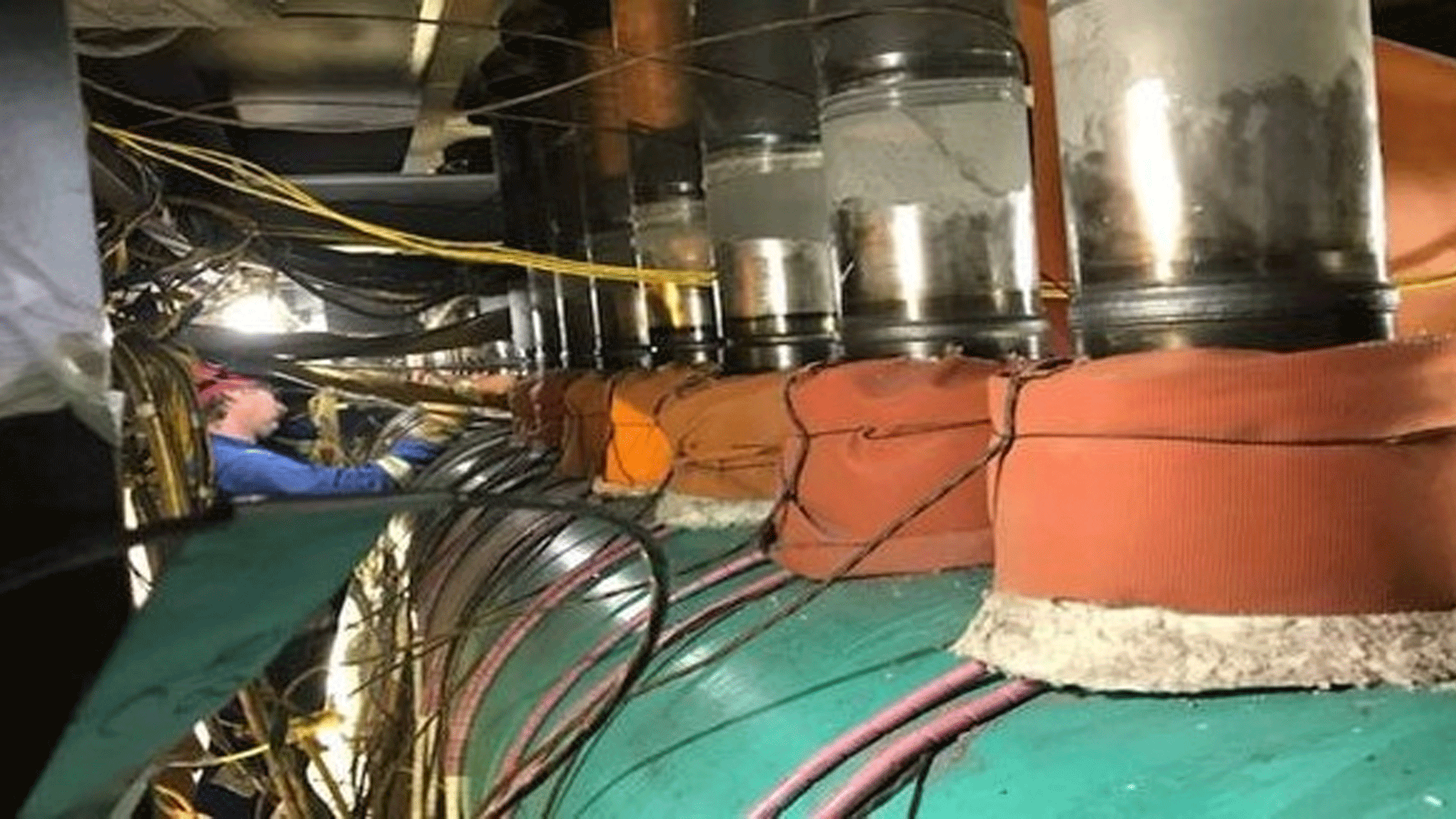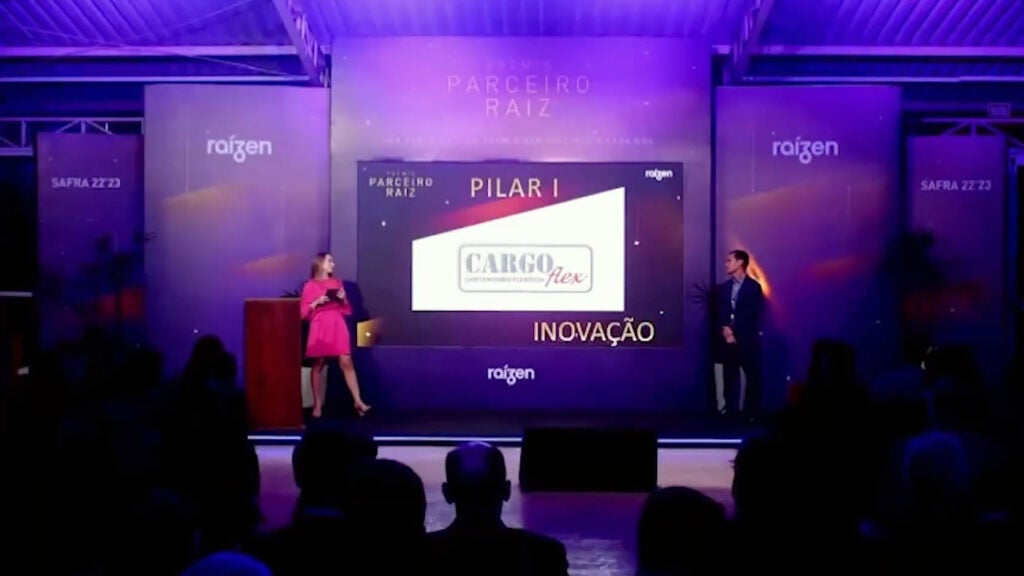Hydrogen is a rising star.
Since 1975, global hydrogen demand has multiplied more than three times and continues to increase to date. Hydrogen is the most abundant element in the universe and generally contains environmentally benign properties. Considered a clean energy conversion, hydrogen can be easily transported, stored and blended with current fuels. Hydrogen produces no CO2 when combusted, only water and heat, making it versatile, environmentally friendly and extremely attractive to the global supply chain. Predating the internal combustion engine, hydrogen fuel cells powered the first designs over 200 years ago. According to the World Economic Forum, steam methane reforming (SMR) provides a significant amount of hydrogen produced globally.[1]
Steam Methane Reforming (SMR) is a technology commonly used to produce hydrogen in a refinery.
Approximately 95% of the hydrogen in the United States is generated via steam methane reforming, being utilized predominantly for petroleum refining and the production of industrial commodities such as ammonia.[2] SMR is considered a mature process of production in which methane reacts with 1200F – 1800F steam in the presence of a catalyst to produce hydrogen. The steam forming step, where methane reacts with water to produce carbon monoxide and hydrogen, is an endothermic process. Thus, the process is usually maintained at approximately 850°C to obtain optimal conversion.[3] The reformer furnace is where the process of releasing hydrogen from gas and steam begins. The furnace typically consists of a radiant section including the burners and a convection section to recover the waste heat of the flue gases leaving the radiant section. The gas burners apply heat to the mixture travelling in reformer tubes that hang vertically in rows generally constructed according to API-530. The reformer catalyst tubes perform under very rigorous conditions. The commonly used material essential to safe and reliable operation of this component is an alloy 800 variant such as Incoloy 800 HT. Although these materials provide effective failure protection in the environment, the welding of these materials have a significant effect on performance. The high temperature cycling during operation make these tubes susceptible to cracking at the welds.
Avoiding costly, time consuming catalyst tube replacements
Catalyst tube banks typically terminate at the top and bottom of the furnace leaving only inches of clearance at the flange. The tubes may experience obstructions from the foundation at the bottom of the furnace, catwalks, ducting, refractory, roofing, and hangers. In other cases the catalyst tube designs have pigtail tubes near the flange connections. All of these interferences create a situation in which making a welded connection is extremely difficult using conventional methods forcing owners to replace the entire catalyst tube during turnaround. With the primary challenges being limited axial and radial clearances to make the OD flange weld, WSI has designed both an engineered ID solution with cutting and welding as well as a low profile OD welding approach. Both configurations have the ability to be remotely operated and utilizes Gas Tungsten Arc Welding to achieve first time x-ray quality from the completed joint. WSI maintains a variety of engineered repair solutions that can be approached from the ID or OD in order to condense schedule, eliminate manpower in congested work areas and achieve first time quality.
WSI
Whether the reformer furnace needs to be repaired emergently or during a planned turnaround, WSI has unparalleled innovative leadership in the nuclear, refining, power generation and petrochemical industries. WSI has over 2000 ASME qualified procedures and over 1000 active welder certifications. Find out more about our engineered solutions and welding technologies at WSI.
[1] https://www.weforum.org/. Reports.
[2] P. Hoffmann. Tomorrow’s Energy: Hydrogen, Fuel Cells, and the Prospects for a Cleaner Planet.
[3] F. Gallucci et al. Steam Reforming of Methane in a Membrane Reactor: An Industrial Case Study



